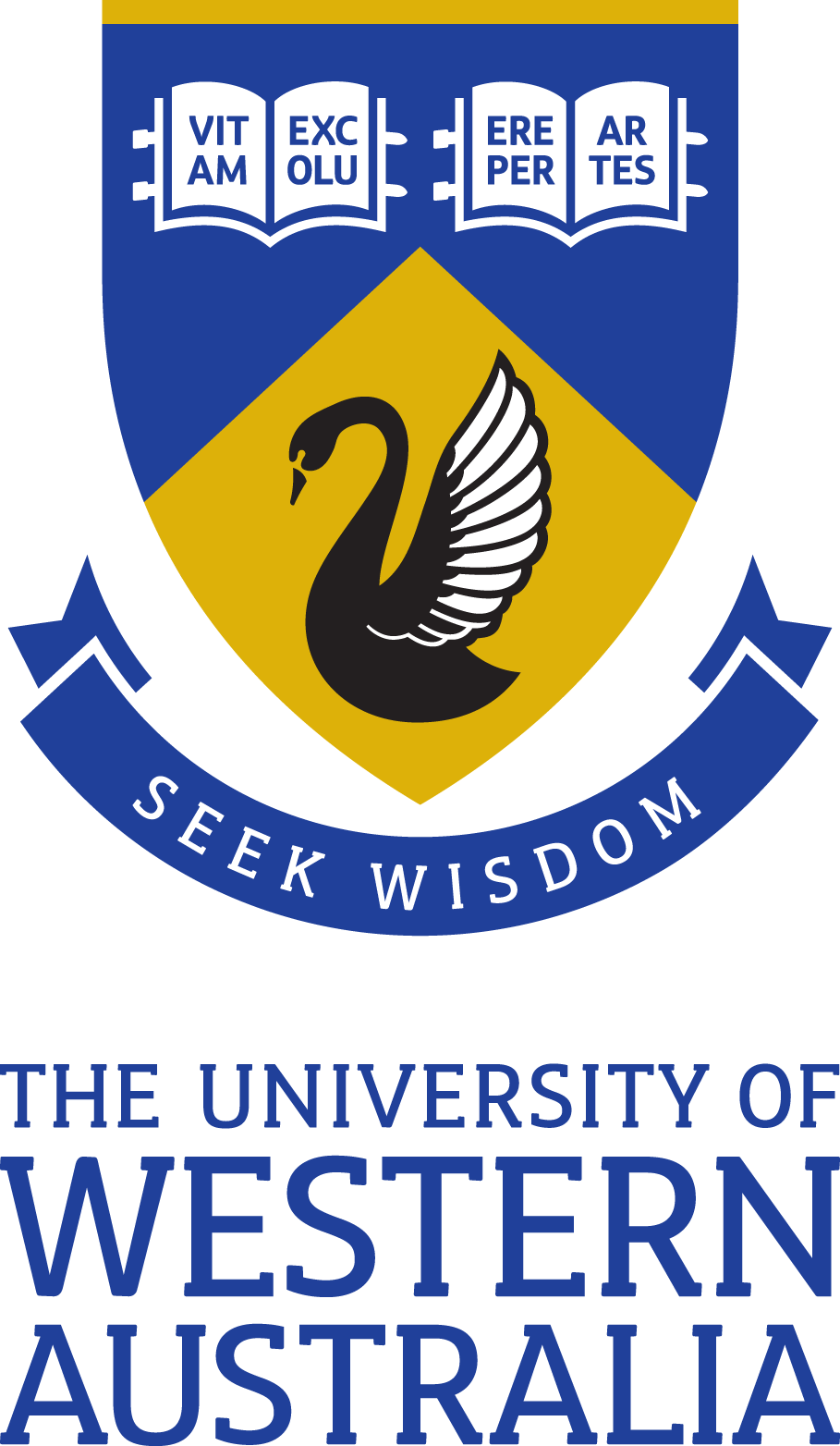Full description
Syzygium luehmannii (F.Muell.) L.A.S. Johnson is an Australian east coast endemic tree within the family Myrtaceae. Syzygium luehmannii is not known to be highly susceptible to the parasitic fungus causing myrtle rust, Austropuccinia psidii (Beenken 2017), however infections have been reported in the field, and in controlled inoculations (Morin et al. 2012; Tobias et al. 2018; Soewarto et al. 2019). The capacity for this exotic pathogen to parasitise host trees, suggest that molecular targets are present in susceptible plants. While understanding resistance phenotypes is important for tree breeding and management, determining the key drivers for susceptibility may also provide useful additional research targets to avert infection (Henningsen et al. 2021). While there are several genome resources for plants within the large and globally diverse Syzygium genus (Ouadi et al. 2022; Low et al. 2022; Balkwill et al. 2024), there is no diploid genome assembly (2n = 22), and no genome for S. luehmannii. We assembled the genome for S. luehmannii into the pseudo-phased, 11 chromosome pairs here termed haplotype A (370 Mbp) and B (357 Mbp). We annotated the predicted protein coding genes, and we specifically annotated the nucleotide-binding leucine rich repeat (NLR) type resistance genes as a useful resource for plant:pathogen studies. The high quality of this genome provides a base for studies on myrtle rust resistant and susceptible hosts to understand mechanisms of infection. We would like to acknowledge the contribution of the Plant Pathogen ‘Omics Initiative consortium in the generation of data used in this publication. The Initiative is supported by funding from Bioplatforms Australia, enabled by the Commonwealth Government National Collaborative Research Infrastructure Strategy (NCRIS). NLR annotation data is available at the github repo: https://github.com/peritob/Syzygium-luehmannii/tree/main Here we provide the predicted coding genes and protein annotation data. Genome data and raw data are here: https://www.ncbi.nlm.nih.gov/bioproject/PRJNA1099473Notes
External OrganisationsThe University of Sydney
Associated Persons
Peri A. Tobias (Creator); Jacob Downs (Creator); Alyssa Marie Martino (Creator)
Peri A. Tobias (Creator); Jacob Downs (Creator); Alyssa Marie Martino (Creator)
Issued: 2025-05-07
Identifiers
- DOI : 10.5281/ZENODO.15321351

- global : a8d0f748-70a9-476d-8708-5a96a4889755


